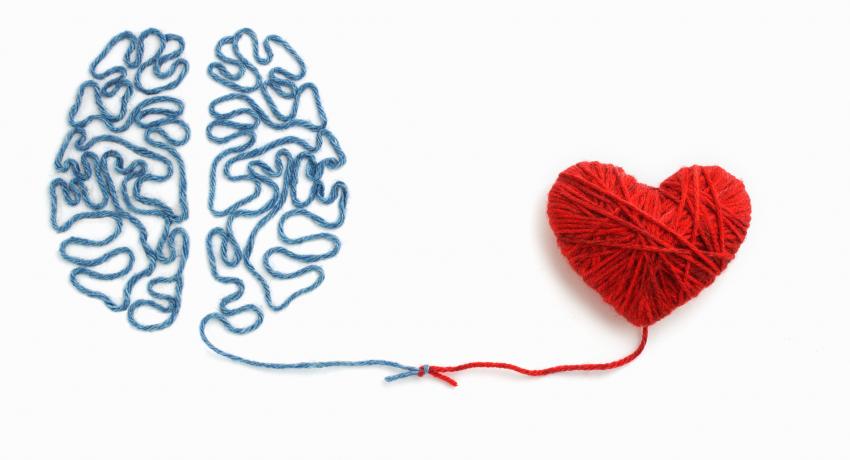Pie Chart
The use of the pie chart is to, in graphic form, re-examine how you think about things. Writing our thoughts down can be a helpful tool to gain perspective, and creating a visual representation can be even more effective in impacting our unhelpful thought patterns.
This technique is especially useful in helping us rethink things we unfairly blame ourselves for.
Step 1: Identify the automatic thought that comes to your mind when you are being hard on yourself for something going wrong. For instance, if you get a bad grade on a test you might have the thought, “I failed because I’m stupid.”
Step 2: Come up with a list of alternative explanations – as many as you can think of. These need not be mutually exclusive explanations. In most cases, all of them probably played some part in the outcome. For the example above, your list may include things like:
- The test was difficult
- I missed several classes
- I studied the wrong material
- The teacher rushed through the material
- Bad luck
Step 3: Assign a percentage to each explanation. The percentage should reflect the degree to which each explanation contributed to the situation. For instance, the explanation “I missed several classes” might receive a 50% if a large portion of the test was on material covered during the missed classes. However, if the classes missed were not especially important, you might assign it less importance, like 15%. After going through the list of alternative explanations, assign a percentage to your original automatic thought. Add up the percentages to make sure they add up to 100%. If they don’t, reassign the percentages until they do.
Step 4. Finally, use the percentages to draw a pie chart.
Now that you’ve spent time seriously considering alternative explanations, you’ll likely put a little less stock in the original automatic thought. The less you believe the unhelpful appraisal, the more you’ll feel a softening of the negative emotion that goes with it. Moreover, by considering other factors implicated in the situation, you’ll probably feel more empowered to do something to solve the problem, or change your behavior the next time you’re in a similar situation.
- Log in to post comments

